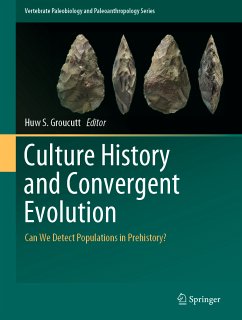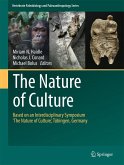This volume brings together diverse contributions from leading archaeologists and paleoanthropologists, covering various spatial and temporal periods to distinguish convergent evolution from cultural transmission in order to see if we can discover ancient human populations. With a focus on lithic technology, the book analyzes ancient materials and cultures to systematically explore the theoretical and physical aspects of culture, convergence, and populations in human evolution and prehistory. The book will be of interest to academics, students and researchers in archaeology, paleoanthropology, genetics, and paleontology. The book begins by addressing early prehistory, discussing the convergent evolution of behaviors and the diverse ecological conditions driving the success of different evolutionary paths. Chapters discuss these topics and technology in the context of the Lower Paleolithic/Earlier Stone age and Middle Paleolithic/Middle Stone Age. The book then moves towards a focuson the prehistory of our species over the last 40,000 years. Topics covered include the human evolutionary and dispersal consequences of the Middle-Upper Paleolithic Transition in Western Eurasia. Readers will also learn about the cultural convergences, and divergences, that occurred during the Terminal Pleistocene and Holocene, such as the budding of human societies in the Americas. The book concludes by integrating these various perspectives and theories, and explores different methods of analysis to link technological developments and cultural convergence.
Dieser Download kann aus rechtlichen Gründen nur mit Rechnungsadresse in A, B, BG, CY, CZ, D, DK, EW, E, FIN, F, GR, HR, H, IRL, I, LT, L, LR, M, NL, PL, P, R, S, SLO, SK ausgeliefert werden.









